Can I Grow Anthurium In Water - Anthurium In Water Care Tips
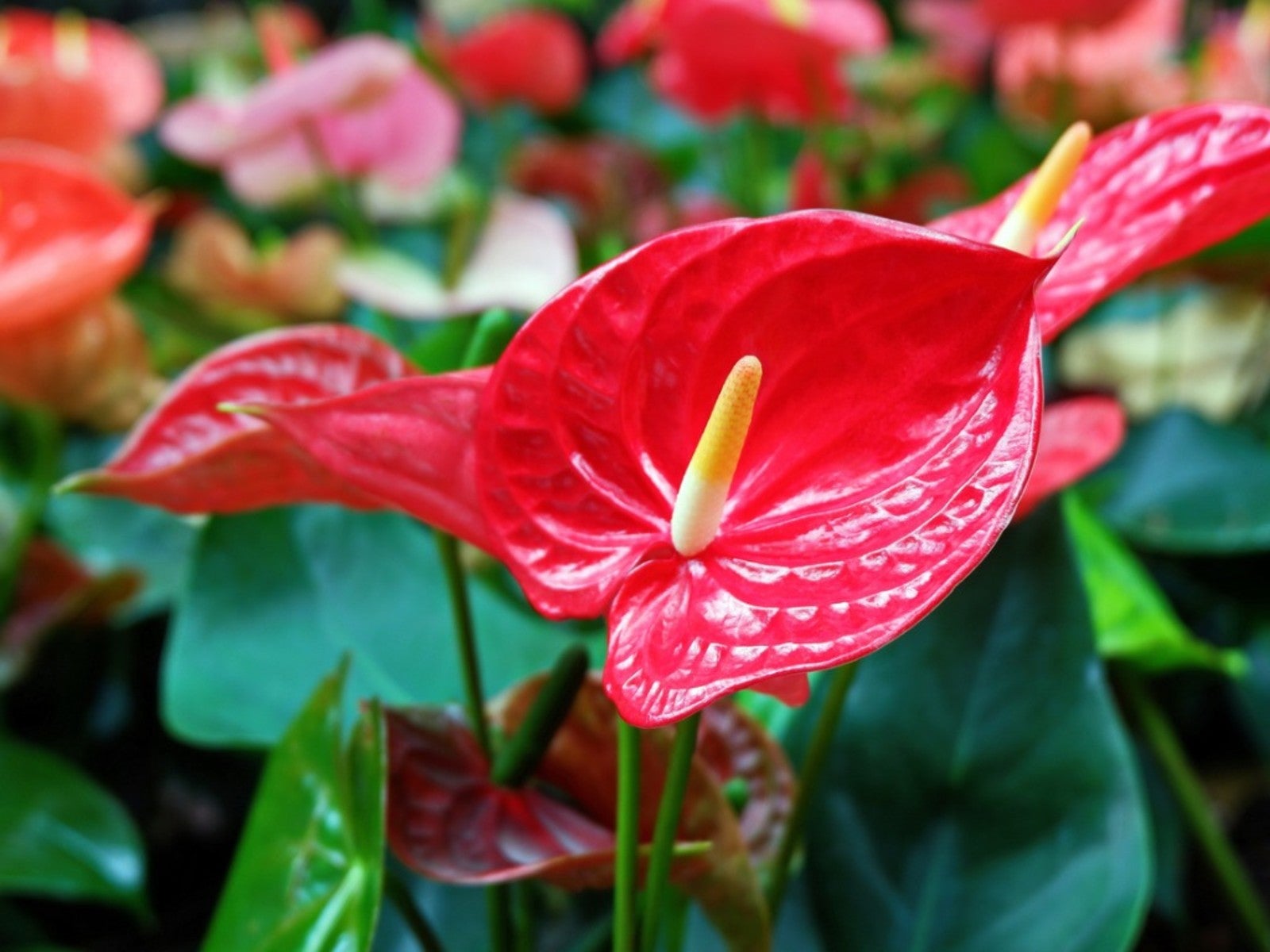

There are nearly 1000 species of Anthurium plants. All of these are native to places with hot, tropical weather. Most produce colorful waxy bracts and shiny leaves. You can often find them for sale glued to a piece of volcanic rock or pumice. This is soaked in water and wicks moisture up to the leaves. This would lead you to question, "Can I grow Anthurium in water?"
You've probably tried rooting a cutting in water but have you tried to grow an entire plant in just water? Anthurium plants like warm, moist conditions, so it would seem possible to grow them in water. The difference between an Anthurium in water vs. soil is the care. An Anthurium in water only will need supplemental feeding more frequently. Learn how to grow Anthurium in water for an eye catching display of the plant and its roots.
Can I Grow Anthurium in Water?
An Anthurium in water only, in a clear vase, makes an astounding display. But keep in mind, the plant is not getting nutrients that it would normally harvest from the soil. Minerals are missing in most tap water, so use mineral water to give the plant some of these essential materials. An Anthurium in water vs. soil could eventually rot if slimy water is left in the glass.
Consider hydroponics where plants are grown in water. They get generous nutrient solutions, controlled temperatures, and usually moving water to enhance oxygen absorption to the roots. An Anthurium sitting in just water, will eventually suffer, if you don't provide all these conditions.
How to Grow Anthurium in Water
It is very simple to start an Anthurium in water. Select a glass container so you can view the roots. A mason jar or clear vase will work nicely as long as it is large enough to contain the root mass. Remove your Anthurium from its soil and rinse off the roots gently in lukewarm water.
This will keep the container of water from getting muddy and cloudy. For best results, use room temperature water that has had time to off-gas, or use mineral water at room temperature. You will need just enough to cover the roots but not the stems. Place the plant in the container and enjoy.
Anthurium in Water Care
If you are not using mineral water, your tap water may form lime deposits on the container. Change the water frequently to help reduce this discoloration. Once per month, during a water change, add a few drops of houseplant food to the new water. Keep the container in indirect light, avoiding windows with the hottest rays. Anthuriums are very stoic plants and don't need much special care. Water changes, nutrients, heat, and proper lighting are all you need for an Anthurium in water care.
Gardening tips, videos, info and more delivered right to your inbox!
Sign up for the Gardening Know How newsletter today and receive a free copy of our e-book "How to Grow Delicious Tomatoes".

Bonnie Grant is a professional landscaper with a Certification in Urban Gardening. She has been gardening and writing for 15 years. A former professional chef, she has a passion for edible landscaping.
-
 Looking For Plants To Give You The Soft And Fuzzies? Try These 5 Fuzzy Leaf Plant Options
Looking For Plants To Give You The Soft And Fuzzies? Try These 5 Fuzzy Leaf Plant OptionsLovers of texture, drama, silver foliage and tactile plants will adore these special sensory garden additions. These fuzzy leaf plant options will leave you all aglow
By Susan Albert
-
 Get Ready For A Summer Of Hummers! Grow These Full Sun Hummingbird Plants and Flowers
Get Ready For A Summer Of Hummers! Grow These Full Sun Hummingbird Plants and FlowersIf you’re lucky enough to enjoy a sunny backyard, make sure you are maxing out on your pollinator opportunities and grow these full sun hummingbird plants and flowers
By Tonya Barnett
-
 Is Anthurium Trimming Necessary: How To Prune Anthurium Plants
Is Anthurium Trimming Necessary: How To Prune Anthurium PlantsIn spite of its exotic appearance, anthurium is surprisingly low maintenance. However, cutting back an anthurium is necessary from time to time to keep the plant happy and healthy. Wondering how to prune anthurium? Learn more in this article.
By Mary H. Dyer
-
 Anthurium Plant Division: How And When To Split Anthuriums
Anthurium Plant Division: How And When To Split AnthuriumsAnthurium is a great plant even for inexperienced gardeners. Maintenance is low, although dividing anthuriums is sometimes necessary to keep them blooming. Click this article to learn more about when and how to divide these plants.
By Mary Ellen Ellis
-
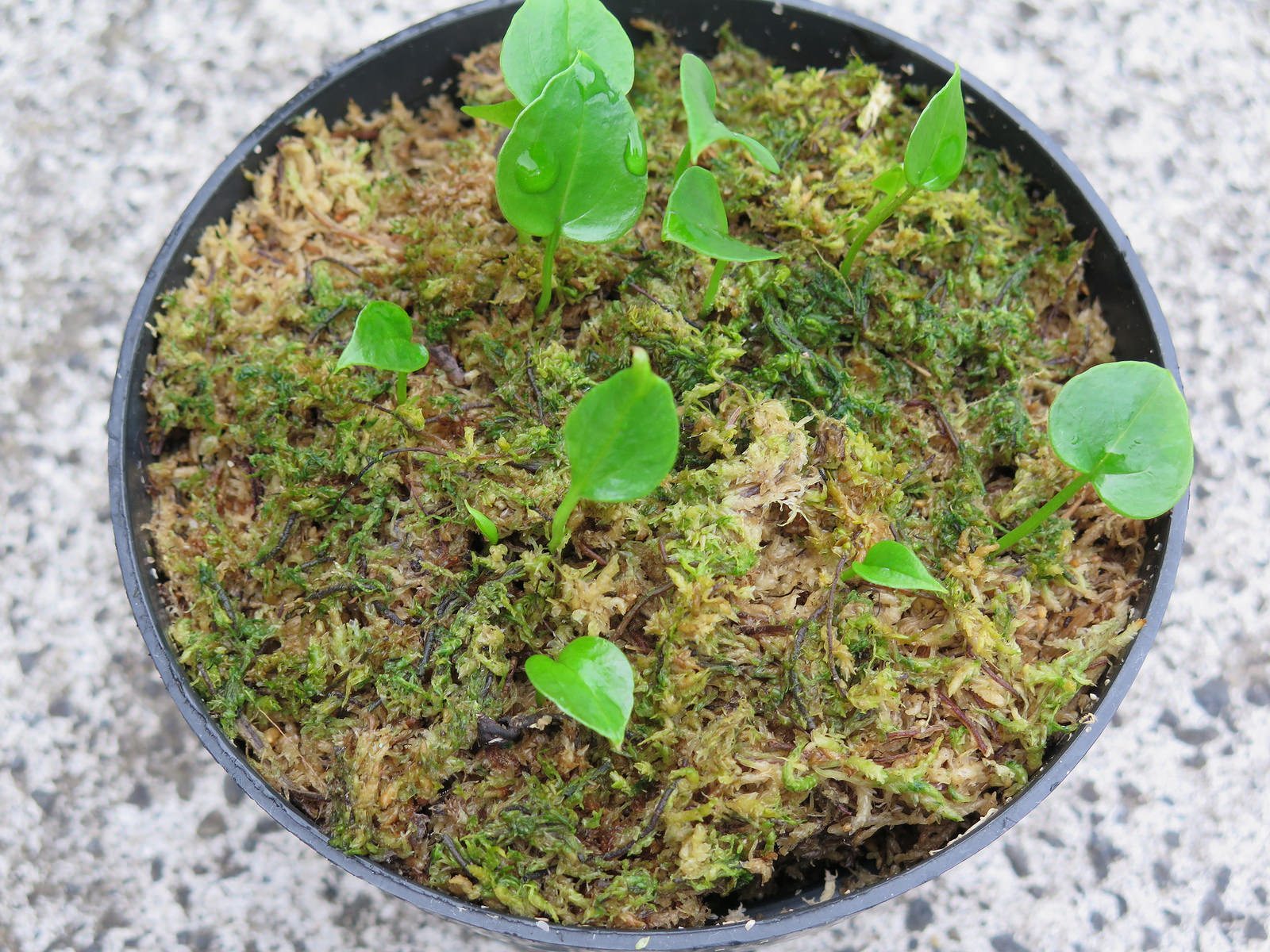 Seed Propagating Anthuriums: Learn About Planting Anthurium Seeds
Seed Propagating Anthuriums: Learn About Planting Anthurium SeedsCuttings are a far easier way to get a new plant, but if you are up for an adventure, some tips on planting anthurium seeds can help you find success. This article will help get you started with propagating anthuriums from seed.
By Bonnie L. Grant
-
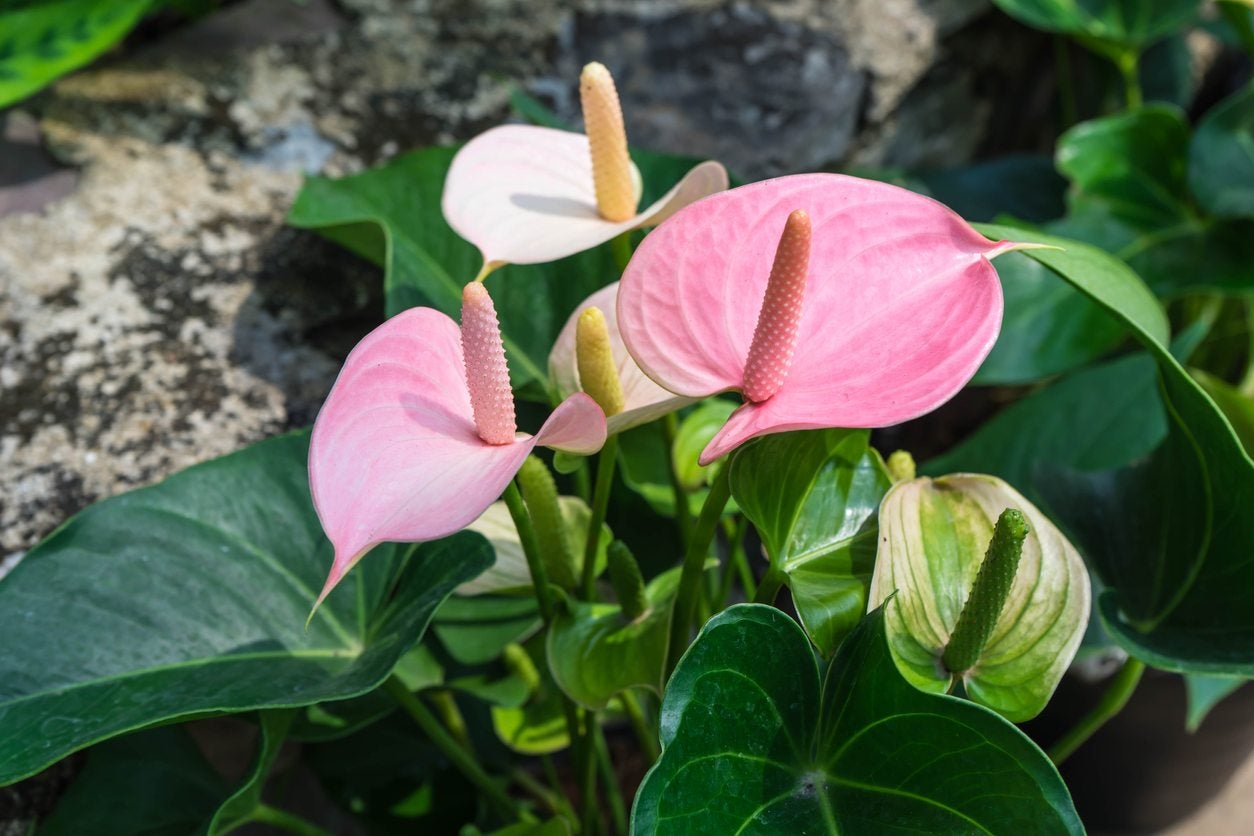 Anthurium Outdoor Care – How To Grow Anthuriums In The Garden
Anthurium Outdoor Care – How To Grow Anthuriums In The GardenJust one anthurium plant can give a room a more tropical feel. Naturally, homeowners are adding this exotic plant to their outdoor rooms as well. However, while anthurium tends to grow well inside, anthurium outdoor care is more difficult. Learn more here.
By Darcy Larum
-
 Anthurium Plant Pests – Controlling Insects On Anthuriums
Anthurium Plant Pests – Controlling Insects On AnthuriumsAnthurium pest control starts with recognizing the insects infesting the plant and then taking prompt measures to eradicate them. Learn more about them in this article and find tips on how to control insects on anthuriums.
By Bonnie L. Grant
-
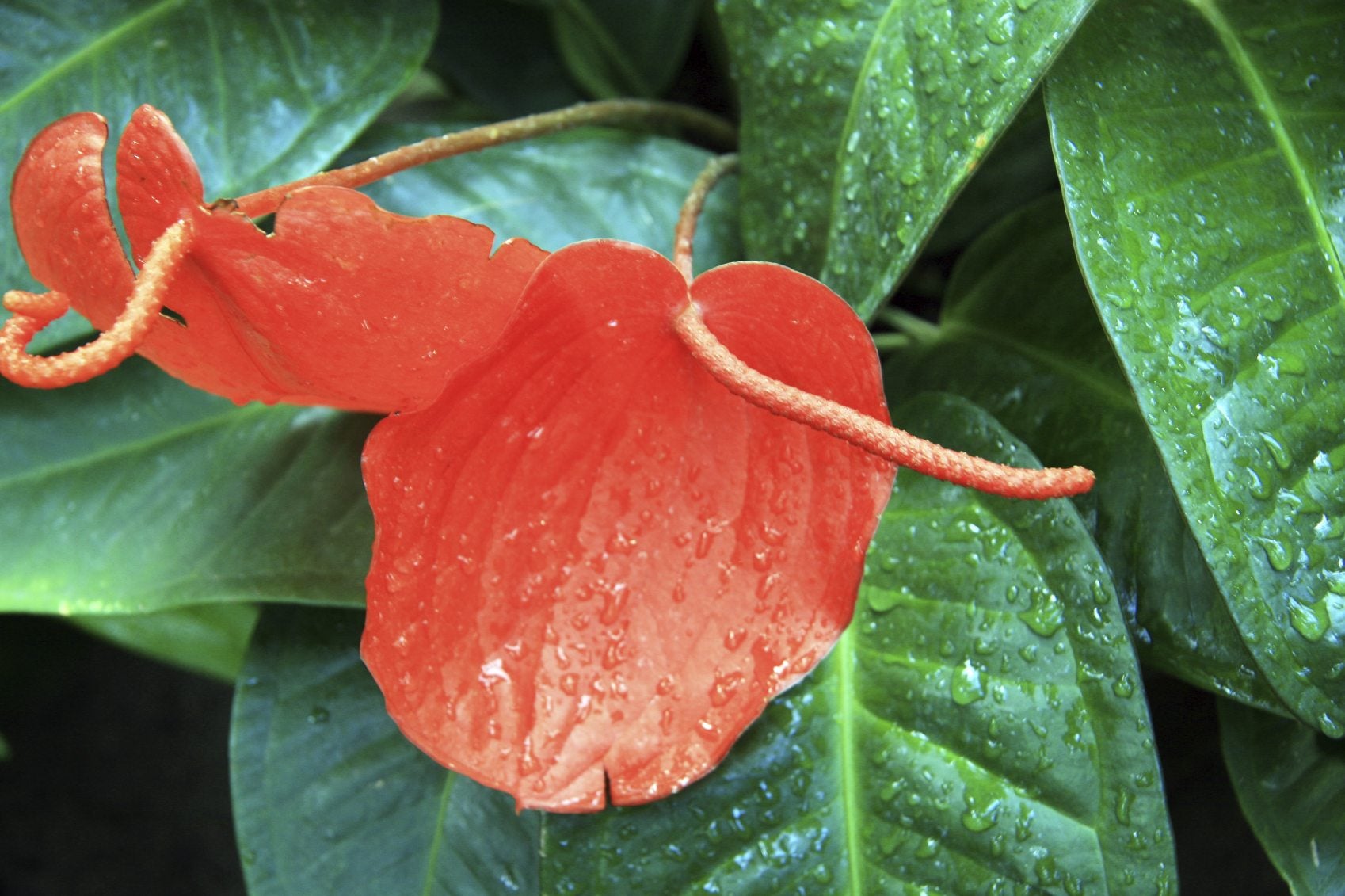 How Often To Water Anthuriums – Helpful Anthurium Watering Instructions
How Often To Water Anthuriums – Helpful Anthurium Watering InstructionsAnthuriums are interesting, lesser-known plants. The flowers have a unique look and low maintenance requirements, particularly when it comes to water. Learn more about anthurium water requirements in this article.
By Liz Baessler
-
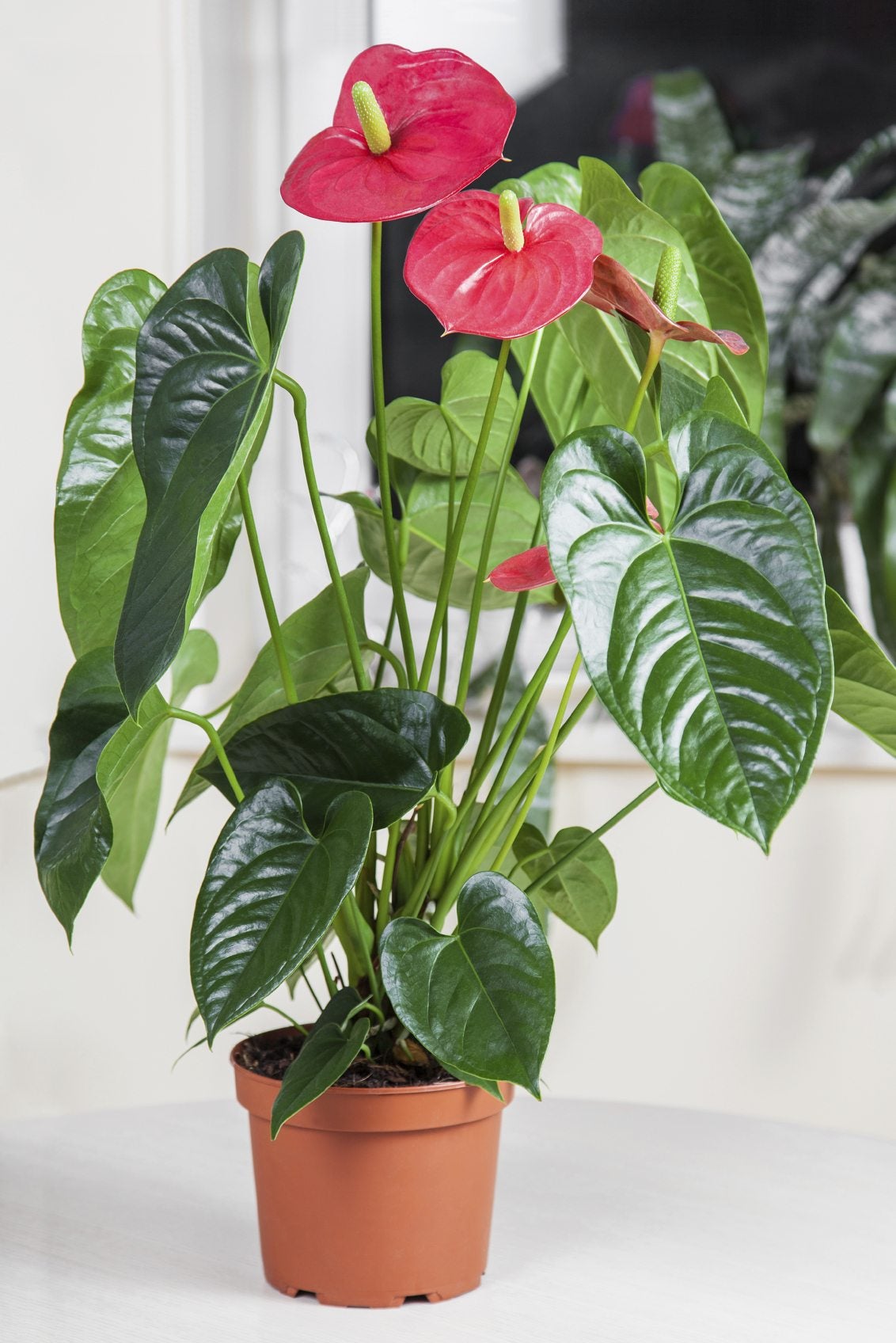 Anthurium Plant Care: Learn About Repotting Anthuriums
Anthurium Plant Care: Learn About Repotting AnthuriumsAnthurium plant care is relatively straightforward and repotting anthurium plants is a task that should be done only when required. Find valuable information on when and how to begin repotting anthuriums in this article.
By Mary H. Dyer
-
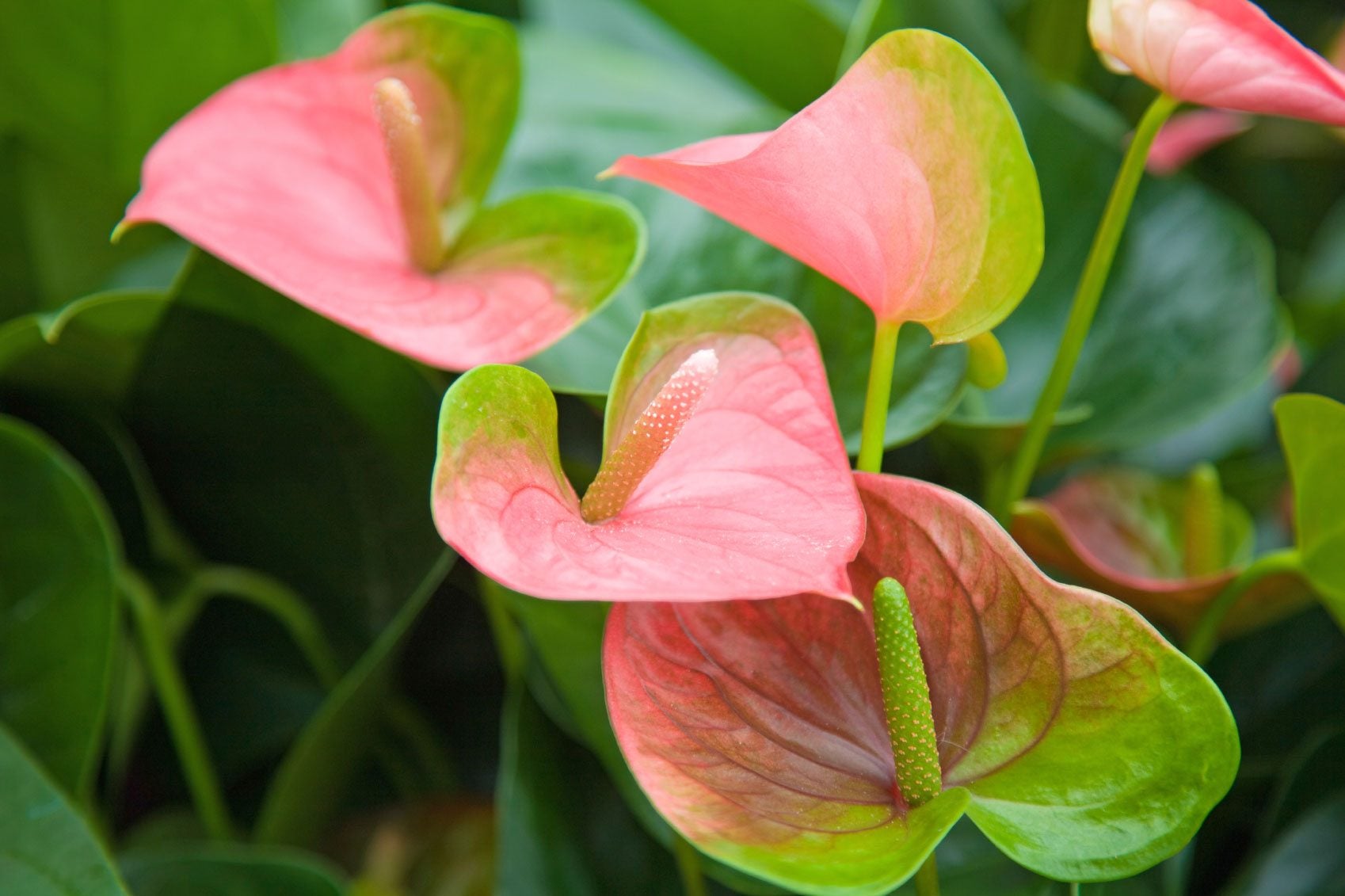 Changing Anthurium Color: Reasons For An Anthurium Turning Green
Changing Anthurium Color: Reasons For An Anthurium Turning GreenAnthurium plants produce hues of red, yellow and pink. Additional colors include green and white, scented lavender and a deeper yellow colored spathe. When anthurium flowers turn green, it may be species or it may be age or incorrect cultivation. Click here for more info.
By Bonnie L. Grant